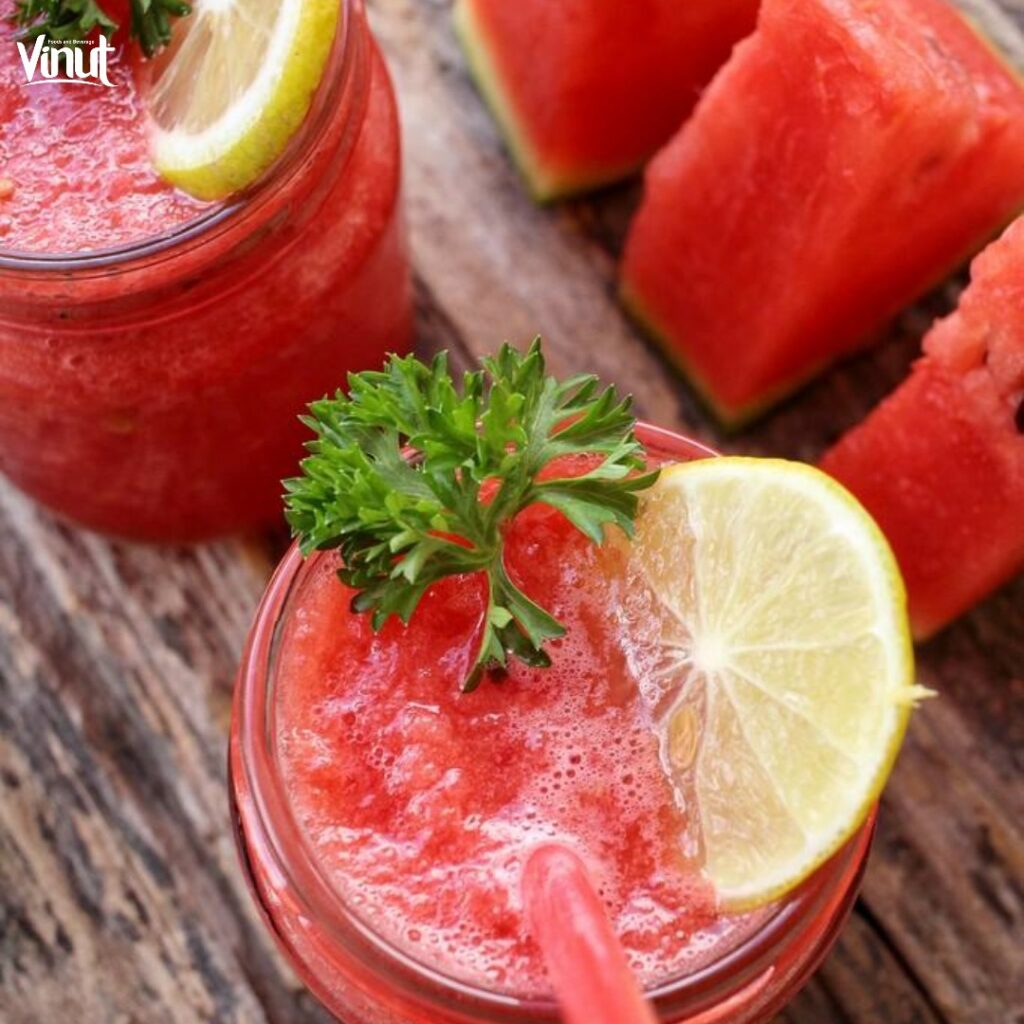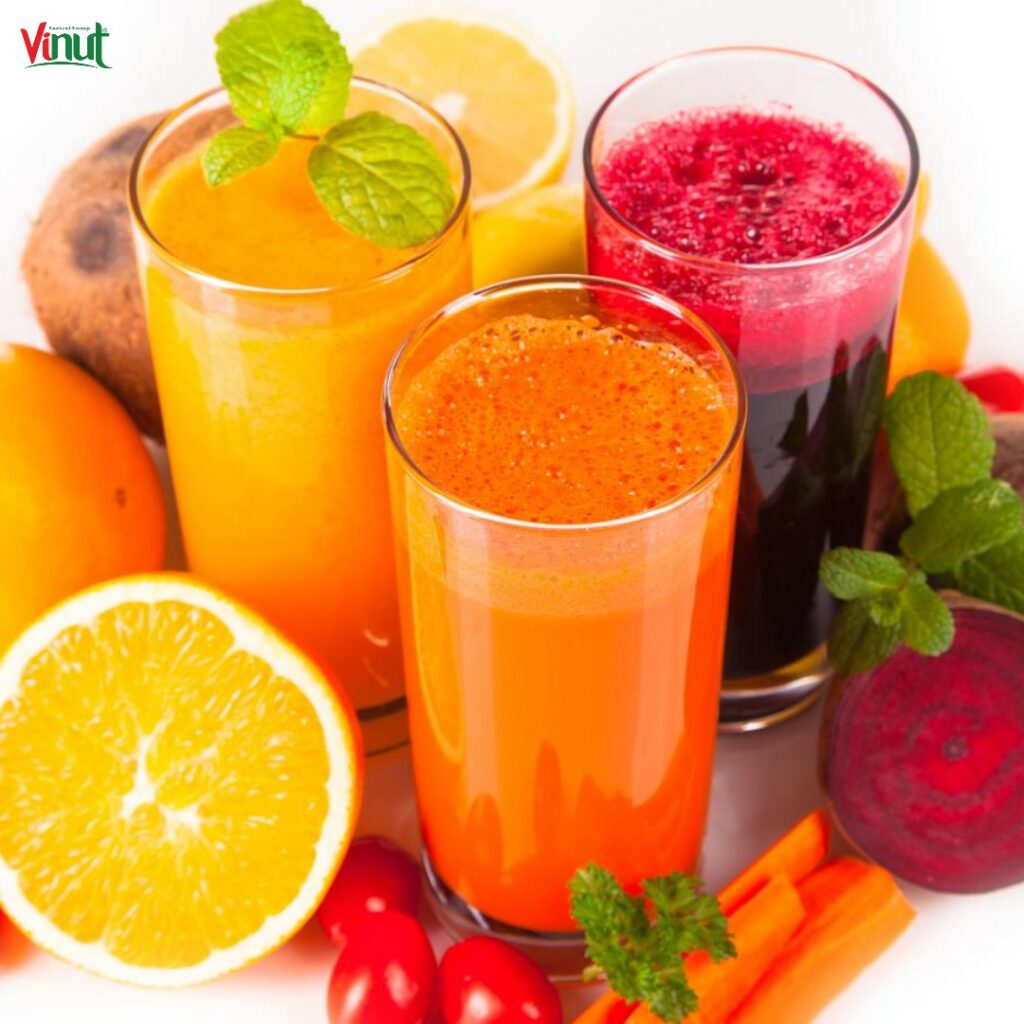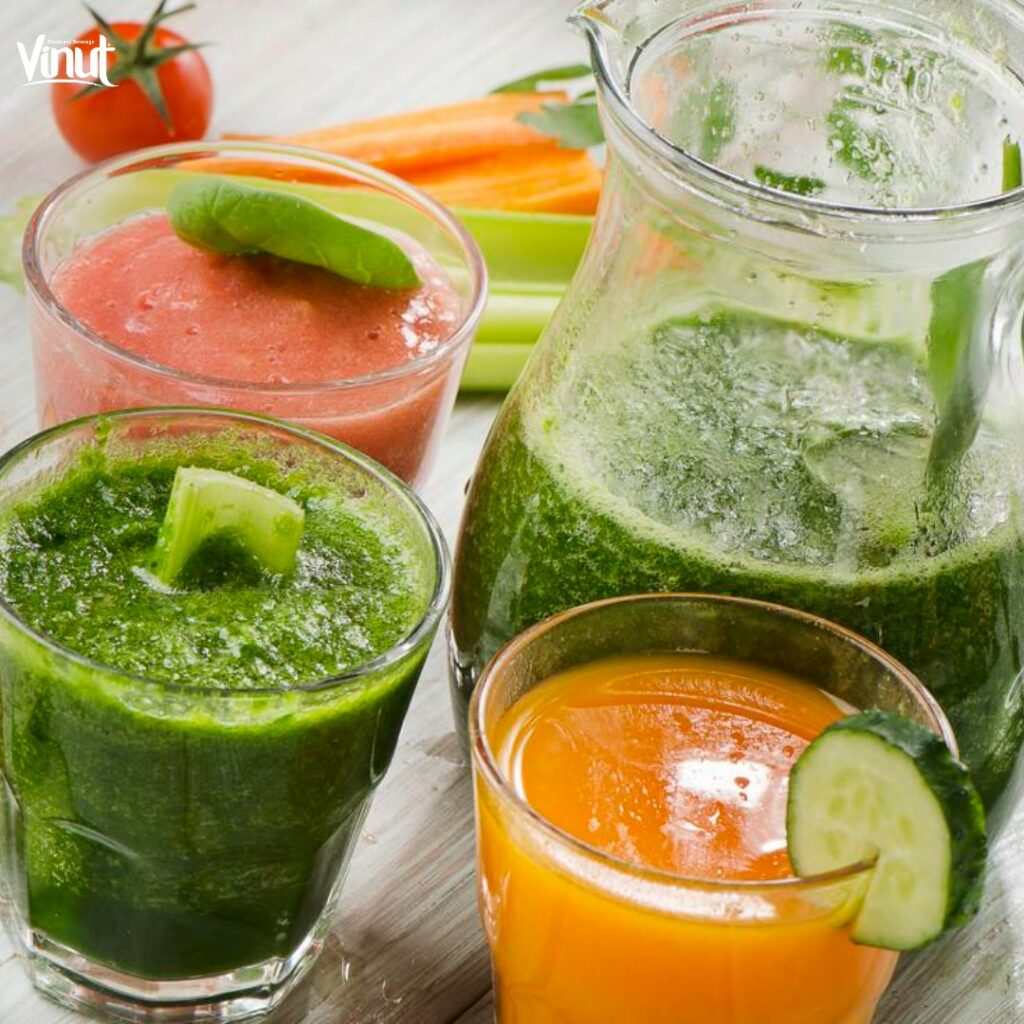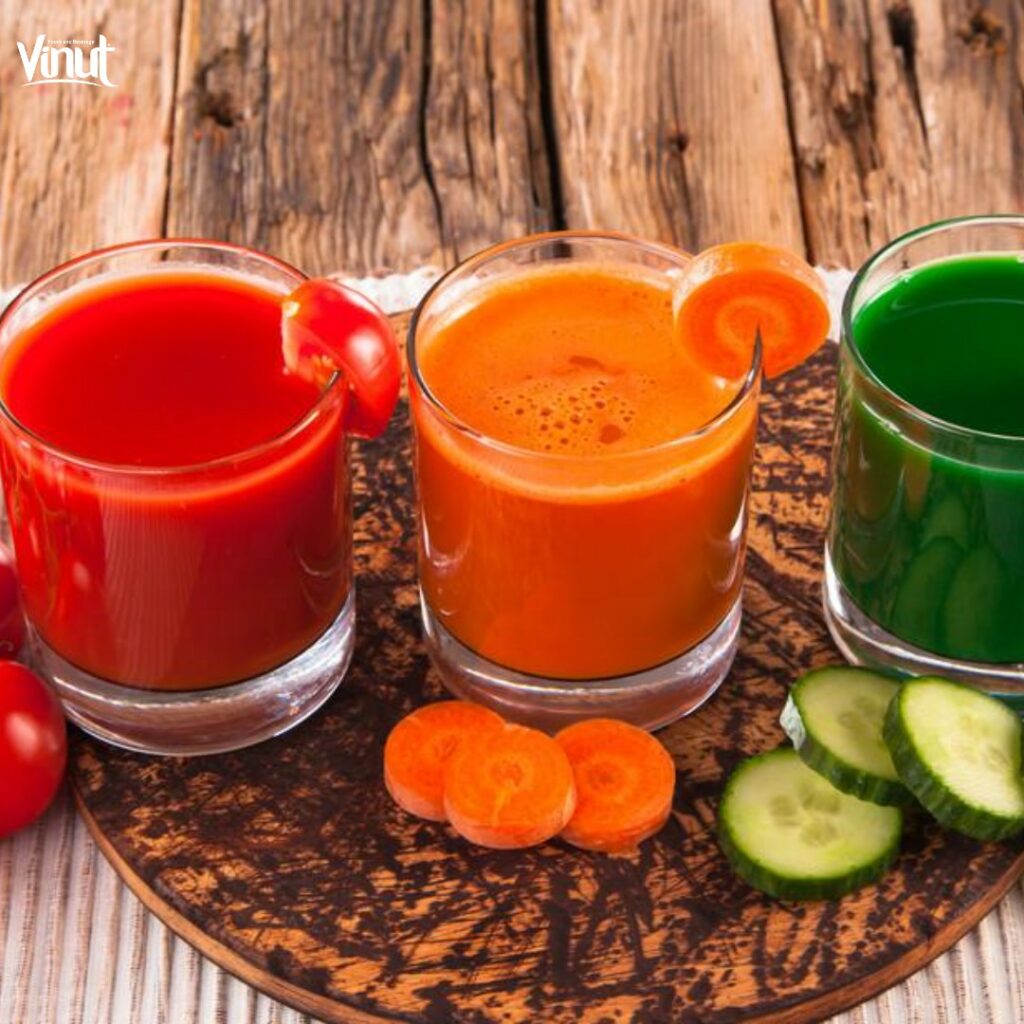Top 10 Differences Between Tropical Juice and Smoothies

In the world of refreshing beverages, tropical juices and smoothies reign supreme, offering a burst of flavor and a myriad of health benefits. However, while they might seem similar at first glance, there are significant differences between the two. Understanding these differences can help you make the best choice for your health and taste preferences. Let’s Cojo Cojo explore the top 10 differences between tropical juice and smoothies.

1. Ingredients
Tropical Juice
Tropical juices are typically made from the extracted liquid of fresh fruits. They often contain no pulp or solid fruit matter, resulting in a clear and smooth consistency.
Smoothies
Smoothies, on the other hand, are made by blending whole fruits and sometimes vegetables, along with other ingredients like yogurt, milk, or ice. This results in a thicker, more textured beverage.
2. Nutrient Density
Tropical Juice
While juices are rich in vitamins and minerals, they often lack the fiber found in the whole fruit. The extraction process removes much of the pulp, which is where the fiber resides.
Smoothies
Smoothies retain all the fiber from the fruits and vegetables used. This makes them more nutrient-dense, providing a fuller range of benefits from the whole ingredients.

3. Caloric Content
Tropical Juice
Juices are generally lower in calories compared to smoothies because they contain fewer ingredients. However, this can vary depending on the type of fruit used.
Smoothies
Due to their more complex ingredient list, smoothies tend to be higher in calories. They can be a meal replacement or a substantial snack because of their higher energy content.
4. Preparation Time
Tropical Juice
Making tropical juice can be quicker and simpler, requiring just a juicer and fresh fruits. The process is usually less messy and involves fewer steps.
Smoothies
Smoothies require a blender and often multiple ingredients, which can make the preparation process longer and more involved. They might also need additional ingredients like milk or yogurt to achieve the desired consistency.

5. Texture
Tropical Juice
The texture of juice is smooth and liquid, making it easy to drink quickly. It’s light and refreshing, ideal for hydrating.
Smoothies
Smoothies have a thicker, creamier texture due to the inclusion of whole fruits and other ingredients. They are more filling and can sometimes be eaten with a spoon.
6. Hydration
Tropical Juice
Juices are highly hydrating due to their high water content. They are perfect for quenching thirst and replenishing fluids, especially on hot days.
Smoothies
While smoothies also hydrate, their thicker consistency means they are less immediately quenching compared to juices. They provide hydration along with a more substantial nutritional profile.

7. Sugar Content
Tropical Juice
Juices often have a higher sugar content because they are concentrated and lack fiber. The natural sugars from the fruit can spike blood sugar levels more quickly.
Smoothies
Smoothies have a more balanced sugar content due to the fiber, protein, and fats included from the whole ingredients. This balance helps moderate the release of sugar into the bloodstream.
8. Satiety
Tropical Juice
Juices are less satiating due to the lack of fiber and other macronutrients. They provide quick energy but might not keep you full for long.
Smoothies
Smoothies are much more filling, thanks to the fiber and added proteins and fats. They can keep you satisfied for longer periods, making them a great option for a quick breakfast or a midday snack.

9. Customizability
Tropical Juice
Juices are less customizable compared to smoothies. While you can mix different fruits, the options are somewhat limited without altering the fundamental nature of the drink.
Smoothies
Smoothies offer endless customization. You can add superfoods, protein powders, nuts, seeds, and various liquids to tailor the drink to your specific taste and nutritional needs.
10. Digestive Health
Tropical Juice
Juices can be easier on the digestive system as they require less effort to break down. They are quickly absorbed, making them suitable for a fast nutrient boost.
Smoothies
Smoothies support digestive health due to their fiber content, which promotes healthy digestion and regular bowel movements. The fiber acts as a prebiotic, feeding the beneficial bacteria in your gut.

Conclusion
Both tropical juices and smoothies have their unique benefits and can be a delightful addition to your diet. Juices offer quick hydration and a fast nutrient boost, while smoothies provide more sustained energy and satiety. By understanding the differences between the two, you can choose the one that best fits your lifestyle and nutritional goals.
FAQs
1. Can I drink both tropical juice and smoothies daily?
Yes, you can enjoy both daily. However, be mindful of the sugar content in juices and the calorie content in smoothies to maintain a balanced diet.
2. Which is better for weight loss: tropical juice or smoothies?
Smoothies are generally better for weight loss due to their higher fiber content, which helps keep you full longer and prevents overeating.
3. Are smoothies or tropical juices better for children?
Both can be beneficial for children, but smoothies are often a better choice as they provide more nutrients, including fiber, which is important for growing bodies.
4. How can I reduce the sugar content in my tropical juice?
You can reduce the sugar content by diluting the juice with water or adding vegetables like cucumber and celery, which have lower sugar levels.
5. Can smoothies replace a meal?
Yes, smoothies can replace a meal, especially if they contain a balance of protein, fats, and carbohydrates. Ensure they are nutrient-dense to meet your dietary needs.
